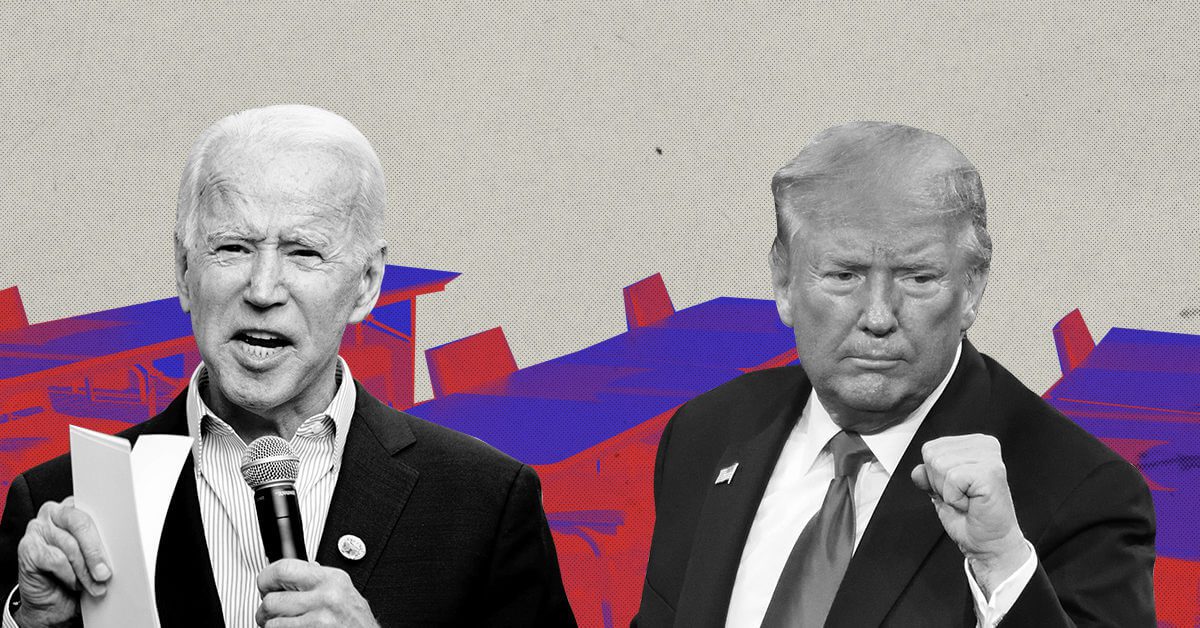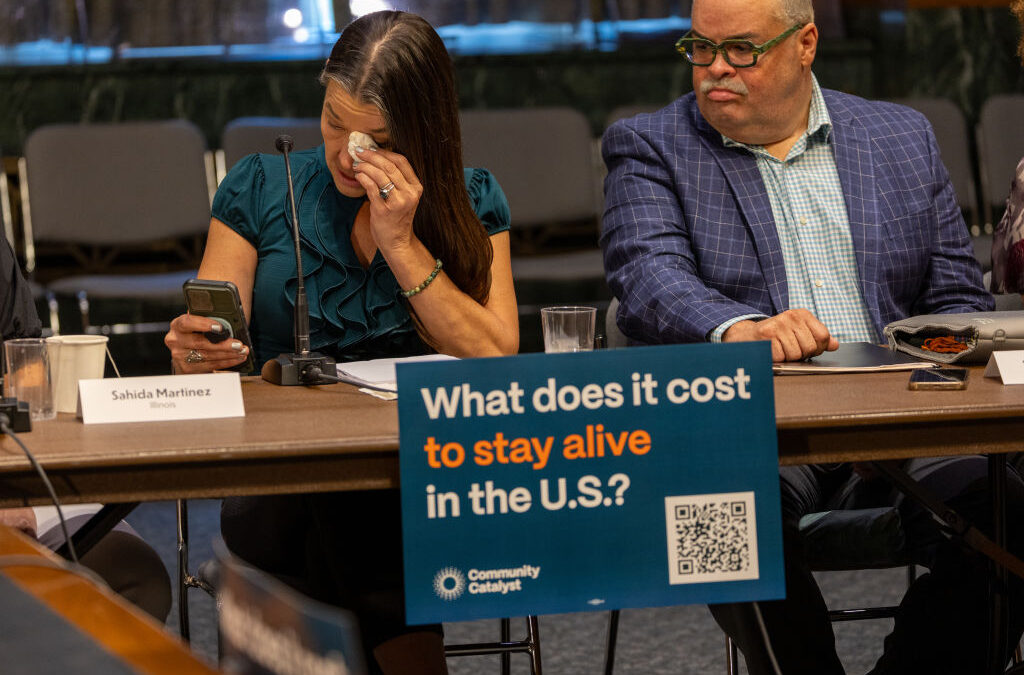
#image_title
#image_title
Immigrants contribute billions to the state economy each year, and immigrant-owned businesses employ more than 55,000 Wisconsinites.
One in 20 people in Wisconsin is an immigrant, according to the US Census Bureau, and that number could either grow or shrink under dueling proposals from President Donald Trump and Democratic presidential nominee Joe Biden.
Trump’s platform throughout his first term has centered on limiting new entries to the country through tight restrictions on both standard immigration and refugee admissions. In contrast, Biden proposes increasing the United States’ annual refugee limit tenfold to 125,000 and providing a path to citizenship for about 11 million undocumented immigrants while streamlining the legal immigration system.
Immigrants in Wisconsin are people of all stripes. More than half of the state’s nearly 300,000 immigrants have attended or graduated college, while about a quarter are high school graduates, according to the American Immigration Council. Just under half are naturalized citizens.
About 6% of the state’s workforce is immigrant labor, according to the Immigration Council. Just over a quarter of Wisconsin’s immigrants are employed in manufacturing, while about 15% work health care and social assistance and 11% work in education.
Collectively, Wisconsin’s immigrants had a spending power of $7.1 billion in 2018, contributed $2.7 billion in taxes that year, and employed 55,354 employees at immigrant-owned businesses, according to New American Economy. Immigrants are 80% more likely than native-born Americans to own a business, according to a July study by the National Bureau of Economic Research.
Immigrants are also helping slow population loss in the Great Lakes region, according to a New American Economy study.
“Policymakers in this region frequently argue that immigrants are one of their best hopes to stem population decline, reinvigorate entrepreneurship, and attract the next generation of promising employers,” the study says.
Despite the objectively positive contributions of a robust immigrant community, Trump has cut legal immigration in half as president, enacted a “zero-tolerance” family separation policy, sought to intimidate potential undocumented immigrants and refugees with his border wall, and is currently trying to exclude undocumented immigrants from Census counts. A lawsuit filed this week against the US Department of Justice alleges the DOJ failed to reunite parents with 545 children separated from their family at the border in 2017.
Trump, who is married to an immigrant, is doubling down on his anti-immigrant rhetoric for his re-election campaign, pledging to “end sanctuary cities,” block American employers from hiring “lower-cost foreign workers” in place of US citizens, and “requite new immigrants to be able to support themselves financially.”
Trump’s hardline stance against allowing new people in the country is also at odds with public opinion. A July Gallup poll found that, for the first time since at least 1965, more Americans want to increase immigration than those who want to decrease it.
In 1965, just 7% of people wanted more immigration compared to 33% who wanted less. The crowd against immigration grew to 65% opposed in 1995, but now just 28% of people want fewer immigrants against 34% who want more.
“Trump has waged an unrelenting assault on our values and our history as a nation of immigrants,” Biden’s campaign website reads. “It’s wrong, and it stops when Joe Biden is elected president.”
“What It Means” is a series on how President Donald Trump and former Vice President and Democratic challenger Joe Biden differ on the big issues impacting Wisconsin.
Politics

Opinion: It’s time for Congress to fight for small businesses instead of big corporations
May is National Small Business Month. Our elected leaders need to show leadership all year long. For the past 27 years I’ve been fortunate to pursue...

Here’s what you need to know about medical debt in Wisconsin
Medical debt—a financial burden for tens of millions of Americans facing hundreds of billions of dollars in health care costs—affects everyone,...
Local News

Sip, sit, stay: 7 dog-friendly businesses in Eau Claire
When the sun’s out, everyone wants to be outside drinking and dining — including dogs! But not all establishments allow four-legged, furry visitors....

The 8 most convincing UFO sightings in Wisconsin history
If you’ve ever seen something light up in the sky and wondered what it could be, there’s a chance it’s a UFO, especially if you’re in Wisconsin. The...



